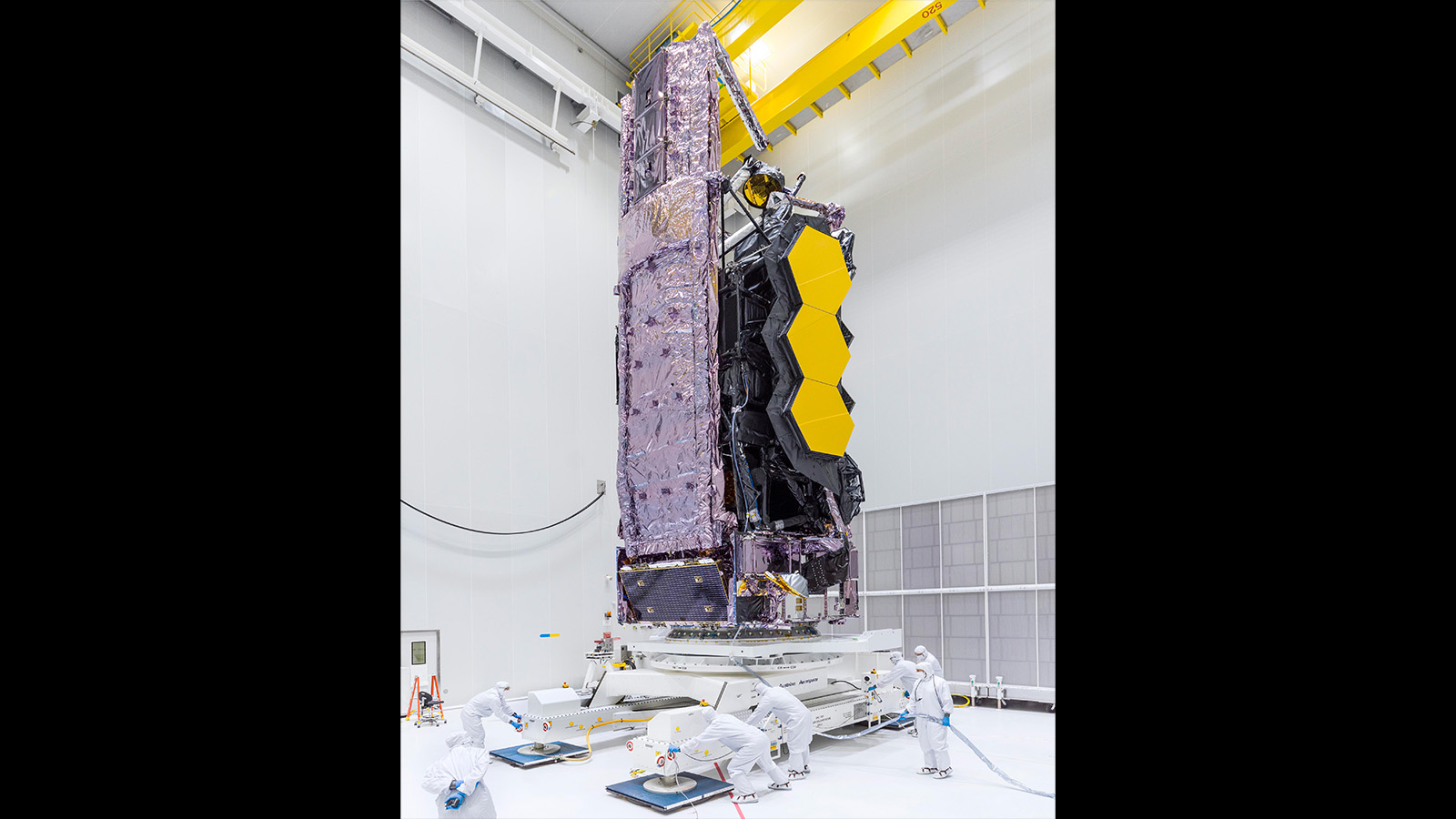Stay Up to Date
Submit your email address to receive the latest industry and Aerospace America news.
The Space Exploration Integration Committee brings together experts on topics relevant to future human and robotic exploration missions.
NASA’s Perseverance rover touched down on the surface of Mars in February on a two-year mission to the Jezero Crater, a large impact basin north of Mars’ equator. The rover will collect samples to characterize the region’s geology, climate and astrobiology. Perseverance’s entry sensors collected atmosphere data during transit while the Terrain Relative Navigation system autonomously guided the lander through its descent flight phase. Data from both are expected to help future human missions land on other worlds more safely and with larger payloads. Perseverance is armed with a multitude of scientific experiments in support of this and future missions, including the Mars Oxygen In-Situ Resource Utilization Experiment, or MOXIE, an instrument to produce oxygen from Mars’ mostly carbon dioxide atmosphere. MOXIE had its first test run in April, when it extracted 5 grams of oxygen, or about 10 minutes of air for an astronaut. In September, the rover cored Martian rock for the first time in preparation for the sample’s eventual return to Earth.
In April, the Ingenuity Mars Helicopter that arrived with Perseverance achieved an extraplanetary first — powered, controlled atmospheric flight, taking off and hovering at 3 meters for 30 seconds before a safe, controlled descent conducted by its autonomous guidance, navigation and control autopilot. Ingenuity had flown 15 flights by early November, scouting the Jezero neighborhood at 10-meter altitudes, augmenting overhead orbiter imagery with high-quality intel from nearer afield, in preparation for the rover’s sample collection trips.
NASA continued progress toward a planned 2025 lunar landing under its Artemis program with the Space Launch System rocket. The core rocket stage was mated with twin solid rocket boosters and then joined to the launch stage adapter by June. The stage adapter connects the rocket’s upper and lower launch stages and houses the engines that will insert the Orion spacecraft on lunar intercept course. NASA also conducted an eight-minute hot-fire of SLS’ core stage gimbaled engines in March after a January test was cut short.
In July, the Parker Solar Probe conducted a flyby of Venus in preparation for a close approach to the sun. Parker dipped into Venus’ ionosphere, collecting measurements of its ambient atmospheric radio signals. The data confirmed Earth-based observations that Venus’ ionosphere is much thinner during certain solar phases than in others, suggesting that Venus’ atmosphere, once Earth-like, has become a hot, toxic gas cloud as its ionosphere leaks, potentially affecting its atmosphere.
Two European Space Agency spacecraft also performed Venus gravity-assist flybys, hours apart from each other in August. Solar Orbiter, a joint mission with NASA, is bound for the sun, and BepiColombo, a joint project with the Japan Aerospace Exploration Agency, is headed to Mercury orbit; both used Venus flybys to shape their orbital transfers to rendezvous with their host bodies. BepiColombo telemetered images from its closest approach at 552 kilometers above the surface, as well as measurements from its extremely sensitive Italian Spring Accelerometer. ISA registered the planet’s strong gravitation, disturbance effects due to thermal shocks during day and night passages, and tidal forces. Both spacecraft also recorded the planet’s magnetic field, capturing solar wind interference effects with the planetary atmosphere.
In August, the James Webb Space Telescope completed its final preflight tests in preparation for a December launch. These final operations tests were conducted at Northrop Grumman’s flight facility in California before Webb was shipped to Europe’s spaceport in French Guiana for its launch to orbit on an Ariane 5 rocket. The telescope, a joint project of NASA, ESA and the Canadian Space Agency, has been decades in the making, involving participation from a dozen nations. Once operable, the telescope will be a generational leap beyond the Hubble Space Telescope’s capability. Also this year, 266 general observation programs were selected from 1,000 science proposal submissions worldwide, booking the first cycle of observation times on Webb.
Stay Up to Date
Submit your email address to receive the latest industry and Aerospace America news.




